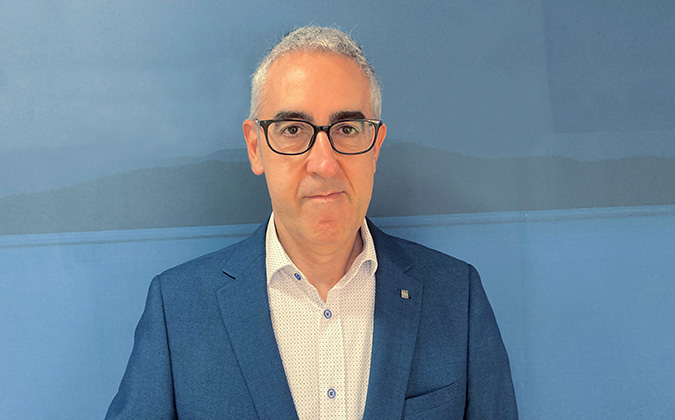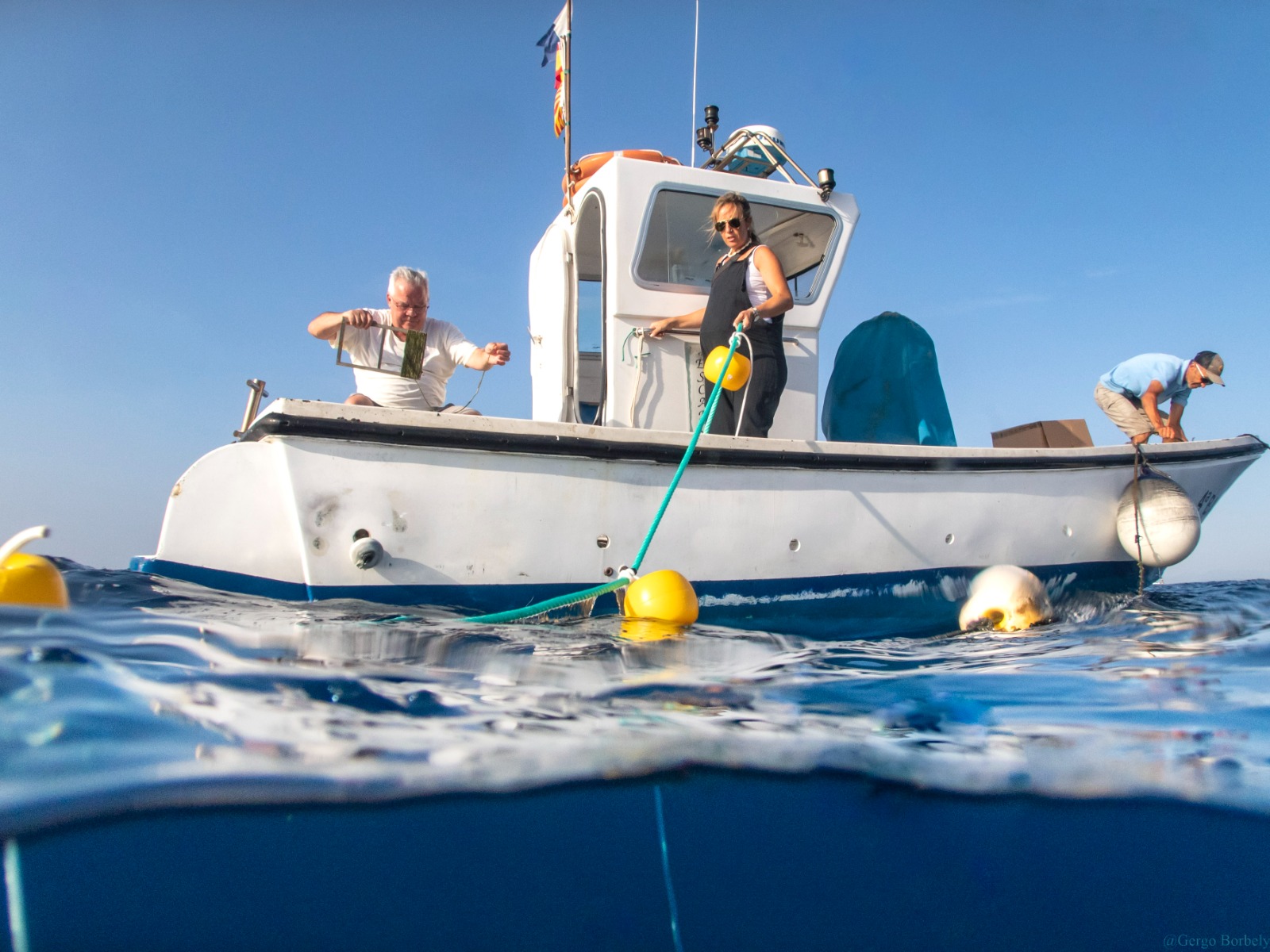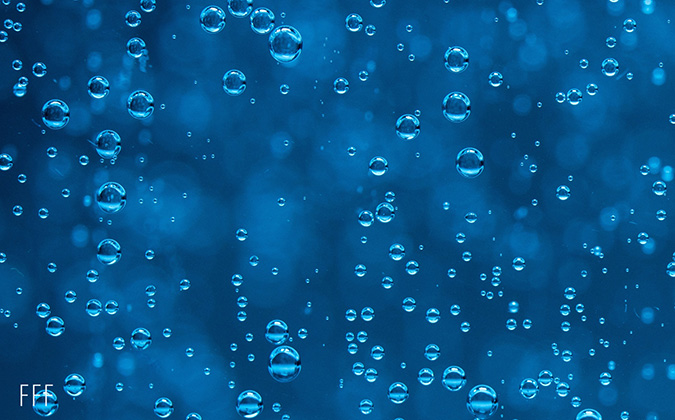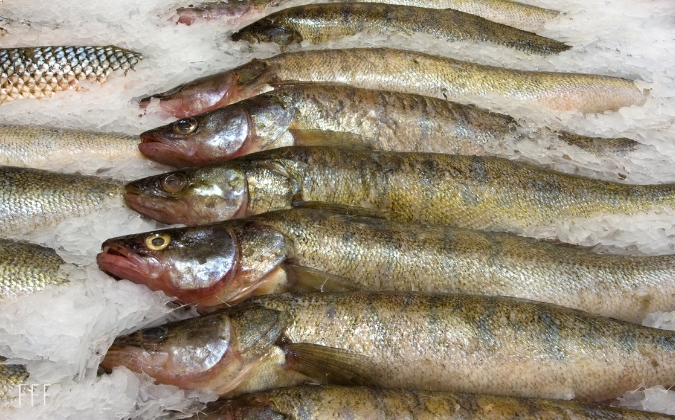
Restorative aquaculture: How Spain is charting a path for stronger, sustainable seafood production
To mark the latest State of World Fisheries and Aquaculture (SOFIA) report showing that aquaculture is now the dominant seafood-producing industry, Fish Farm Forum is speaking to some leading figures at the forefront of sustainable aquaculture.
For the first in the mini-series, we spoke to Sergi Tudela, PhD, at the Generalitat de Catalunya, Departament d’Acció Climàtica, Alimentació i Agenda Rural (DACC), about the benefits and significance of restorative aquaculture.
Q: According to the latest SOFIA report, aquaculture production has officially overtaken capture-fisheries production. Would you say that this milestone was expected?
ST: Absolutely. It’s not surprising, because the trend has been quite clear. In fact, the same report includes a prospective analysis for the next 10 years, which states that there will be a 10% increase in seafood production on a global level, and virtually all of it will come from aquaculture. Only a very marginal increase is expected from wild fisheries.
In other Food and Agriculture Organization (FAO) reports, studies were optimistic in the sense that well-managed fisheries would be able to double, or drastically increase, their production, but we see now that this is not necessarily the case. We have already reached the maximum that wild fisheries can produce. We can focus on making current fisheries fully sustainable so that they continue to provide the same catches that they do now. Then we can see what kind of aquaculture can give us the most seafood production.
Global figures are what they are, but perceptions also depend on where you are in the world. Here in western Europe, for example, people tend to believe that aquaculture production equals marine finfish. But we know that two-thirds of aquaculture is actually mostly from southeast Asia, and more than 30 million tons are seaweed. The Mediterranean is also modest in terms of production. Our marine landings are 20,000 tons, and aquaculture production is half that at 10,000 tons. Our perspective is that aquaculture is important, but so too are fisheries.
Q: With aquaculture production now surpassing capture-fisheries production, what are some of the ways in which we can do aquaculture better?
ST: We need to ensure environmental sustainability and equity on social issues. These are essentially the main challenges that aquaculture faces, but there is a way to address them — restorative aquaculture.
Restorative aquaculture preserves the natural support system and enhances ecosystem services. Another of its benefits is integrated multi-trophic aquaculture systems (IMTA), the farming of two or more aquatic species from different trophic levels together to improve efficiency, reduce waste and provide ecosystem services like bioremediation.
The lower the trophic level, the more we can produce for consumers. But we need to know how IMTA can produce the type of product that we want to offer our markets and how it can best benefit the environment. In the Mediterranean, what comes to mind is how best to integrate mussels and seaweed, or introduce seaweed to finfish aquaculture. There are some very nice case studies in our region, but on an industrial scale, we are still far from having very robust examples.
One important point when it comes to doing aquaculture better is social acceptance. Here in Catalonia, we have mussel production, and producers are starting to accept the idea of co-producing mussels and seaweed and becoming involved in this type of aquaculture. As soon as we started working with mussel farmers, finfish farmers began asking whether they too could work with seaweed, so there is an appetite here for new possibilities. As governments and ministry administrations, we should not lose the opportunity to support these kinds of projects.
Q: In this sense, the role that restorative aquaculture can play in global food security is huge.
ST: It is, because the lower trophic levels offer more products that we can then make available to consumers. We have seaweed, mollusks, mussels, oysters and other invertebrates. We forget that we have sea urchins and sea cucumbers too. These are also being tested as part of IMTA systems.
Q: With consumers becoming more interested in the nutritional and sustainability benefits of aquaculture, what are some ways to harness and accelerate the demand for food like shellfish and seaweed?
ST: Our way of eating is based on culture, and bringing new products into traditional gastronomic cultures is not easy. We need lots of campaigns to address consumers and be able to explore all possible angles.
However, one point is clear, and that’s blue health — in other words, the benefits of being around the sea. Everyone is talking about this, and restorative aquaculture is also about blue health — eating healthy food from the ocean. This is something that we can make use of. Then, we need to create initiatives that support or promote the consumption of blue foods by training those who can bring this to consumers — for example, people who influence others to generate opinions.
Q: What are some examples of restorative aquaculture that are already happening in the Mediterranean?
ST: In North Africa, we have excellent case studies on seaweed production to produce derivatives for the food industry. This is a viable industry that is working well and creating lots of livelihoods, for example, in Tunisia. There is also a lot of mussel production in the north.
Another example is that the Mediterranean is also home to facilities that produce sea salt from seawater. This has been happening for millennia, but now there are concerns over nanoplastics, because when the water evaporates, the nanoplastics remain with the salt. However, work is underway to better understand how oysters can filter these nanoplastics from the water. We want to test whether we can bring together oyster farming and salt production to improve the quality of the salt that is being produced. This is a very nice case of restorative aquaculture, in which oyster farming can clean the salt that is produced from the ocean.
There are other similar initiatives in the Mediterranean. The area is like a miniature, global, living laboratory with lots of different environments that you can find anywhere in the world. It’s the perfect area to test new fields of aquaculture. The sky’s the limit!
Q: In light of the FAO report’s findings, what do you think are the next steps for restorative aquaculture? How do you see it growing and developing in the future?
ST: Well-known industries such as shellfish farming already exist. They have healthy markets and can be developed further. When I visit our sites and production models in the south of Catalonia, producers are always very happy because there is a strong market demand for their products. The economic side is positive.
The challenge now is to bring new sectors into areas that don’t have them — for example, seaweed in the Mediterranean. This is something new in many parts of the region, but why not try it, in order to develop restorative aquaculture? It’s also time to bring IMTA to an industrial level. I think that we have all that we need, and this is why we plan to use the new Mediterranean Restorative Aquaculture Centre, or MRAC, to support such initiatives.
Q: What will be some of the key roles of the new center when it opens?
ST: The center is a partnership between the General Fisheries Commission for the Mediterranean (GFCM) of the FAO of the United Nations and the Government of Catalonia. Also involved are DACC and its Institute of Agrifood Research and Technology, which is the technological unit that supports aquaculture production here. The center will be based in La Rapita, Catalonia, and is due to open by the end of 2024. Its facilities will have access to food-production systems and be surrounded by producers. There will also be a training center for aquaculture technicians.
The center will focus on innovating and transferring knowledge to producers. We want to see a transfer of innovative information or actions to producers who work in areas such as microalgae and seaweed farming, Spirulina, Chlorella, unicellular algae, invertebrate farming and more.
There will also be a focus on adapting to climate change. This angle is essential. It’s a very relevant point in today’s world that we are working hard on. Aquaculture here has been hit very severely by climate change, as can be seen in the mussel industry where producers are finding it hard to keep mussel seed alive during the summer because the water temperature is so high that it kills the larvae. We are devising methodologies to address this.
The center will also be involved in IMTA systems, blue-food promotion and various workshops. Its focus will be the Mediterranean region and beyond.
Q: How do you anticipate the positive impacts from the new center growing and spreading to other parts of Spain, Europe and the rest of the world?
ST: MRAC will not merely focus on the local economy of Catalonia. It will be a Mediterranean center that is tailored to the needs of the entire region. The fact that our partner is the GFCM-FAO is the best possible outcome in that the center will become truly regional and even global, making it easier for its work to be shared across the world.
Another positive point for us is that Barcelona is the global capital of seafood right now. The Seafood Expo Global is held in the city every year, and we have already introduced MRAC at the event. This is a huge asset, because anything that comes out of MRAC can be presented to an international audience through workshops or presentations on our pilot projects. Our dedicated space here — the Catalonia Hub — will help us further amplify and disseminate whatever comes from MRAC’s activities.
We have a good environment that we can make the most of and a key opportunity. In Europe, we now have new legislation that makes it a requirement to carry out the restoration of natural ecosystems on land and at sea. This is a huge opportunity for restorative aquaculture because it’s both. It’s a food-production system and a tool to improve the environment. In Europe, at least, we have an excellent chance to use one angle — biodiversity preservation — to enhance another — food production.
It took us 2 years to refine and better design the MRAC project, and now we have agreed on the final step. It’s a very exciting time, and we are looking forward to seeing what MRAC will bring.
Q: What does sustainable aquaculture mean to you?
ST: Preserving the natural support system and ecosystem services on the one hand, and supporting the social side, such as equity and generating livelihoods, on the other. And, overall, a strong attachment to local coastal communities.
Posted on: August 14, 2024








